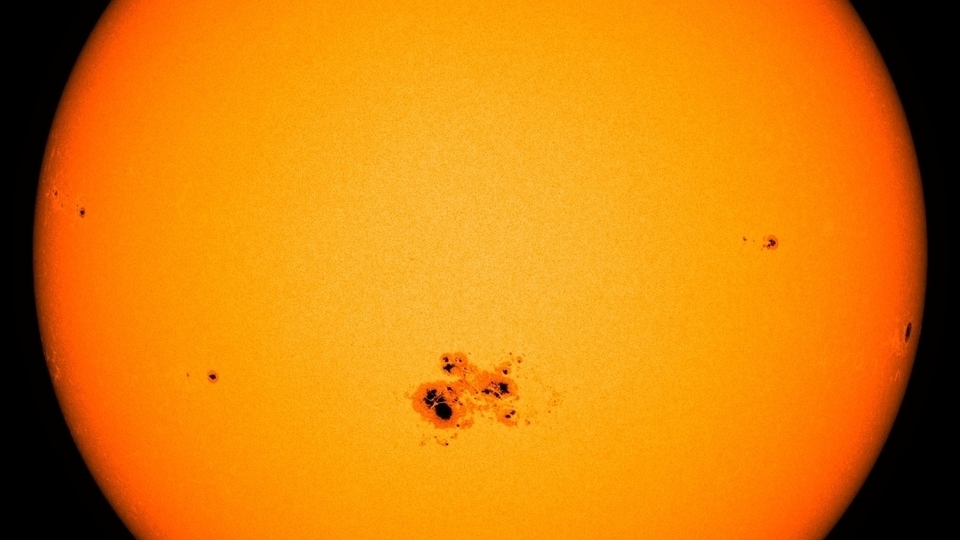Solar storm fears on Earth grow as 9 DANGEROUS sunspots appear on the Sun
Nine new sunspots have been detected on the Sun. It is being feared that if even one of them exploded, it could spark a dangerous solar storm on Earth.






 View all Images
View all ImagesLast week, the Earth suffered the worst solar storm event in six years after a G4-class geomagnetic storm wreaked havoc for as long as eight hours. The severe storm was so strong that auroras were seen as far south as Colorado and New Mexico in the USA. Various reports also highlighted radio blackouts and GPS disruptions in geoeffective regions. However, the Sun is relentless and today, it appears that more dangerous solar storms are likely coming. As many as 9 sunspot groups have been detected on the Sun and there is a fear that if even one of them explodes, the resultant impact on the Earth can be dangerous.
The development was reported by SpaceWeather.com which noted on its website, “Today, there are 9 sunspot groups on the sun”. The report also mentioned that for the time being, the sunspots appear to be stable. However, as we have seen in the recent past, sunspots can turn unstable at any time. And with so many of them staring at the Earth, the risk is high.
Solar storm fears increase amid 9 sunspots appearing on the Sun
For the unaware, sunspots are dark, temporary regions on the surface of the sun that appear as spots or blotches. They are caused by intense magnetic activity that inhibits the flow of heat from the sun's interior, resulting in a cooler region that appears darker than the surrounding area.
Once they accumulate enough magnetic flux, they begin expanding outwards and explode causing solar flare eruptions. Such eruptions spread powerful radiations which can often cause radio blackouts on Earth. Additionally, these eruptions also release coronal mass ejections (CME) from the surface of the Sun. These CME clouds are responsible for geomagnetic storms on Earth.
With nine active sunspots, there is a possibility that the Earth can be hit by another powerful solar storm. A powerful solar storm can potentially damage satellites, break down mobile networks and internet services, cause power grid failures and corrupt sensitive ground-based electronics such as pacemakers and ventilators.
NOAA's DSCOVR satellite's role in solar storm monitoring
NOAA monitors the solar storms and Sun's behavior using its DSCOVR satellite which became operational in 2016. The recovered data is then run through the Space Weather Prediction Center and the final analysis is prepared. The different measurements are done on temperature, speed, density, degree of orientation and frequency of the solar particles.
Catch all the Latest Tech News, Mobile News, Laptop News, Gaming news, Wearables News , How To News, also keep up with us on Whatsapp channel,Twitter, Facebook, Google News, and Instagram. For our latest videos, subscribe to our YouTube channel.
































